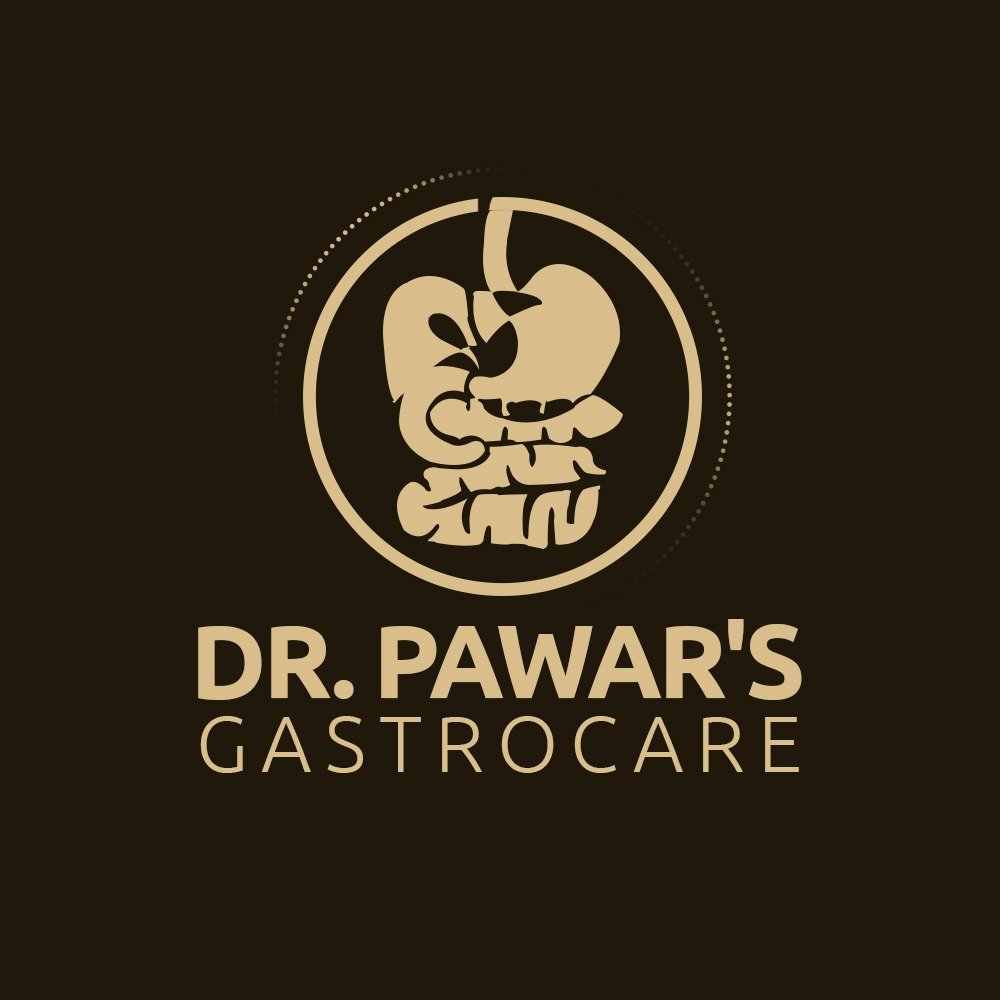OGD SCOPY

An upper GI Scopy or oesophagogastroduodenoscopy is a procedure by which your doctor will visualize your upper gastro-intestinal tract with the help of a long flexible tube called as endoscope or gastroscope. A specialist in digestive diseases (Gastroenterologist) uses endoscopy to diagnose and / or treat conditions affecting your upper gastro-intestinal tract i.e. oesophagus, stomach and first part of your small intestine called duodenum. Your doctor can perform the procedure in the endoscopy suite or operation theatre or even at bedside in emergency conditions.
WHY WOULD YOU NEED AN UPPER GI ENDOSCOPY?
- Your doctor may recommend the procedure to evaluate various signs and symptoms such as abdominal pain, vomiting, blood in vomitus, loose motions, black coloured stool, and difficulty in swallowing and burning or bloating sensation in abdomen.
- Your doctor may take tissue samples during the procedure for h.pylori testing, cancer of the upper digestive tract, diarrhoea and anaemia.
- Your doctor can offer treatment through the endoscopy like widening your food pipe, control bleeding, remove polyps and foreign bodies.
PREPARATION
- You should not eat or drink anything for 6 hours before the endoscopy procedure. Inform your health care team about the chronic diseases you have like diabetes and high blood pressure or any surgery performed in the past.
- Inform your doctor about all the medications you are taking specially insulin and blood thinners.
PROCEDURE
- Sedation and anaesthetic throat spray: –
While many patients can tolerate and are comfortable with anesthetic throat spray alone, few prefer sedation. The sedative medication will be injected to you through a vein, which will make you drowsy, but not unconscious. Sedation makes you comfortable and relaxed during the procedure.
WHAT PRECAUTIONS SHOULD YOU TAKE IF YOU OPT FOR SEDATION?
1) Please arrange one family member or a friend who can take you home.
2) You should not drive, don’t do skilled work or sign a legal document for 24 hours after the procedure.
3) It is better if you can take one-day break from your duties.
- Your heart rate, blood pressure and oxygen levels will be monitored with the help of monitors.
- You need to lie down on your back or on one side during the procedure.
- Your doctor will spray an anaesthetic spray in your throat and will also apply some anaesthetics jelly which will ease passage of endoscope.
- Your doctor will ask you to wear a plastic mouth guard to keep your mouth open.
A small camera and a light source at the tip of the tube will transmit the image to video screen. Your doctor will directly see inside your oesophagus, stomach and duodenum on the video screen.
POST-PROCEDURE MANAGEMENT
- You will be monitored in the recovery area.
- You may have abdominal bloating or some throat pain after the procedure which will improve with time.
- Your health care team will guide you regarding the post-procedure care and precautions to be taken if you have been administered sedatives.
- Your doctor will discuss the endoscopy findings with you after the procedure.
